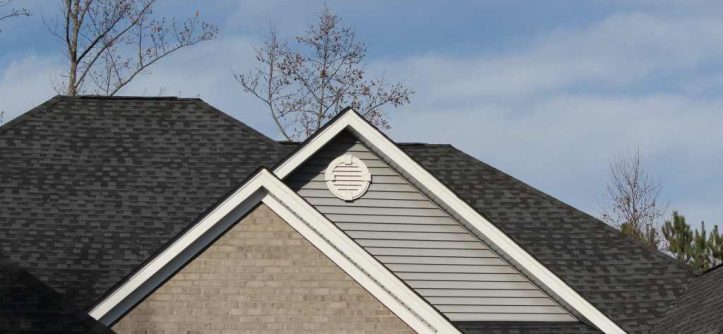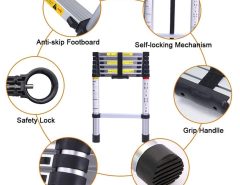Hip roofs, characterized by their sloping sides meeting at a peak, are a popular architectural choice for their aesthetic appeal and resilience to wind. However, like any roofing style, they come with their own set of potential problems. Understanding these issues and their fixes can save homeowners from costly repairs and ensure the longevity of their roof.
1. Valley Leaks: The Achilles’ Heel of Hip Roofs
Roof valleys, where two sloping surfaces meet, are the most vulnerable points for leaks in hip roofs. The converging water flow can cause damage over time if not properly installed or maintained.
Solution:
- Professional Inspection: The first step is to have a professional roofer inspect the valleys. They can identify the root cause of the leak, whether it’s due to damaged flashing, improper sealing, or debris accumulation.
- Flashing Repair or Replacement: Flashing, the metal strips that protect valleys, may need to be repaired or replaced if damaged. This is a job best left to professionals, as improper installation can worsen the problem.
- Sealant Application: A high-quality sealant can be applied to reinforce the flashing and prevent water from seeping through.
- Regular Cleaning: Keeping valleys clear of leaves, twigs, and other debris is crucial to prevent blockages and ensure proper water flow.
2. Inadequate Ventilation: A Hidden Threat
Insufficient ventilation in a hip roof can lead to a host of issues, including moisture buildup, mold growth, and even structural damage. In hot climates, poor ventilation can also lead to excessive heat buildup in the attic, impacting the home’s energy efficiency. To avoid these problems, it’s essential to understand how to build a hip roof properly, ensuring adequate ventilation throughout the structure. For more detailed guidance, you can explore at https://bixideco.com/roofing/how-to-build-a-hip-roof-crafting-your-shelter-with-style/.
Solution:
- Ventilation Assessment: Have a professional assess your roof’s ventilation system. They can recommend the right type and number of vents needed for your specific roof and climate.
- Vent Installation: Install additional vents, such as ridge vents, soffit vents, or gable vents, to improve airflow.
- Insulation Check: Ensure your attic has adequate insulation to prevent heat transfer and moisture buildup.
3. Ice Dams: A Winter Woe
Ice dams form when snow melts on the upper part of a hip roof and refreezes at the colder eaves. This ice can block water from draining, causing it to back up under the shingles and potentially leak into your home.
Solution:
- Improved Attic Insulation and Ventilation: Increasing insulation and ventilation in the attic can help regulate temperature and prevent snow from melting unevenly.
- Roof Heating Cables: Electric heating cables installed along the eaves can help melt ice and prevent dam formation.
- Professional Ice Dam Removal: If an ice dam has already formed, it’s best to have a professional remove it safely. Attempting to remove it yourself can damage your roof.
4. Complexity of Repairs and Maintenance
Due to their multi-faceted design, hip roofs can be more complex and costly to repair or maintain than simpler roof styles. The numerous valleys, hips, and ridges require specialized knowledge and experience to address issues correctly.
Solution:
- Hire a Qualified Roofer: Always choose a reputable roofing contractor who has experience with hip roofs. They can provide expert advice, accurate estimates, and quality workmanship.
- Regular Inspections: Schedule routine roof inspections, especially after severe weather, to identify and address any problems early on.
- Preventive Maintenance: Invest in preventive maintenance, such as cleaning gutters, trimming overhanging branches, and checking for loose or missing shingles, to avoid costly repairs down the line.
5. Limited Attic Space
Hip roofs typically offer less usable attic space compared to roofs with gables. This can be a disadvantage for homeowners who desire extra storage or living space.
Solution:
- Creative Storage Solutions: If storage is a concern, explore creative solutions such as installing shelves or hanging racks along the roofline.
- Dormer Addition: Consider adding a dormer to your hip roof. This can create additional headroom and usable space in the attic.
In Conclusion
While hip roofs present some unique challenges, with proper installation, maintenance, and timely repairs, they can provide decades of reliable protection and enhance the beauty of your home. By being aware of these common issues and their solutions, homeowners can make informed decisions and keep their hip roofs in top condition.





Leave a Reply